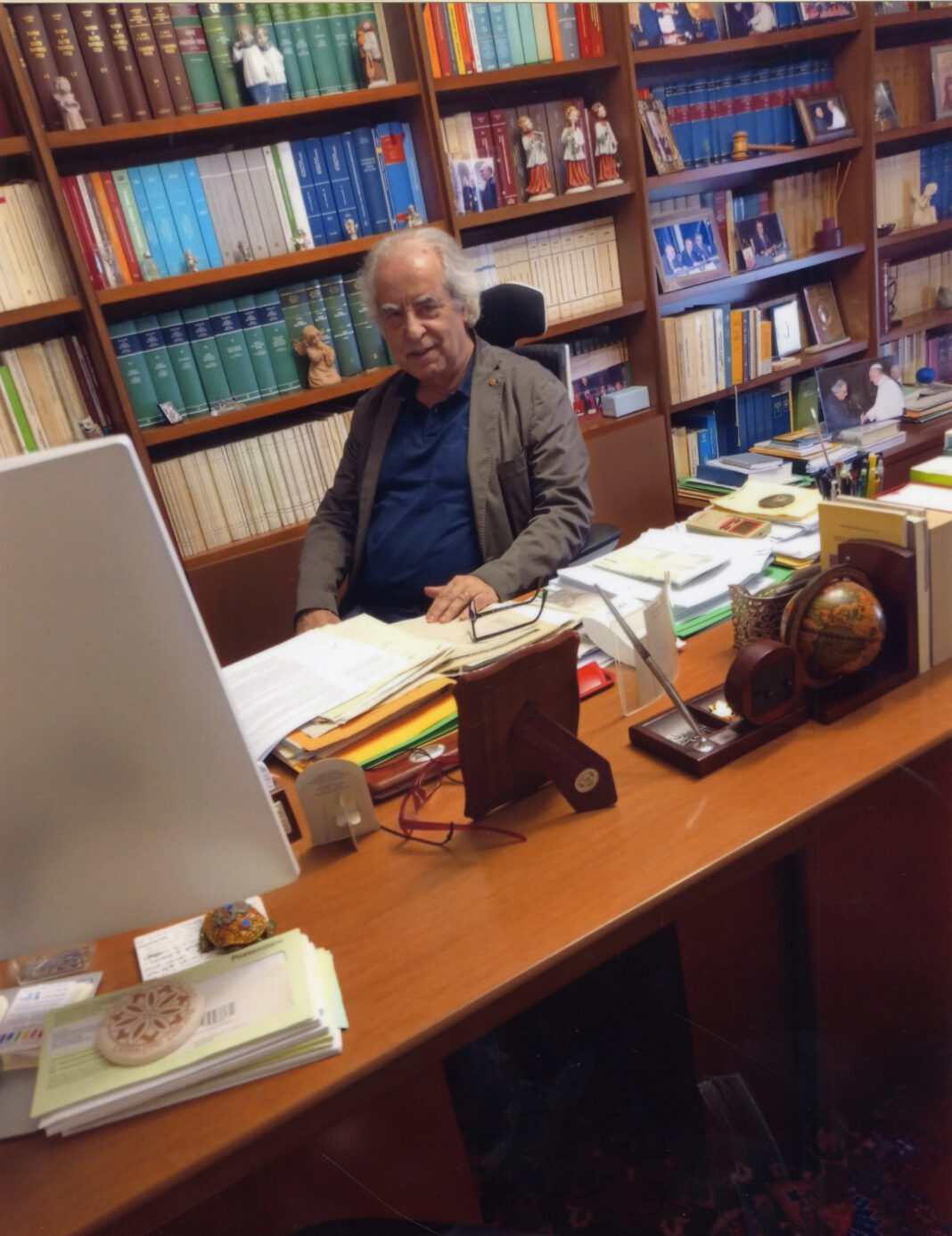Globalisation and the consequent advent of new innovative technologies are speeding up and facilitating the dissemination of rotary jurisprudence, which is the ‘teacher of life’ for those peripheral realities spread all over the world and which need, however, continuous interconnection in order to make the tried and tested interpretative responses in the matrimonial field taken up in the individual Catholic nations their own. Luciano Smaldino, a Rotal lawyer qualified to practice before the Supreme Court of Cassation, the Roman Rota and the Supreme Tribunal of the Apostolic Signatura, spoke on the subject.
by Roberta Imbimbo
Lawyer Smaldino, has the revolution brought about by globalisation found the ecclesiastical procedural legal structure of marriage celebrated in Church and regulated by the Canonical Code unprepared?
Certainly not! In fact, not everyone knows that the father of globalisation is an unknown 16th-century Spanish explorer, the Augustinian friar Andres de Urdaneta. So, at least chronologically, the one who invented the content of globalisation was a close member of the Catholic Church. Today, technological innovations push towards more uniform and convergent models of legal production, that is, towards the nullity or validity of marriage. For more than 500 years, the Rota Romana has advised the lower ecclesiastical courts, with its authority and authority, on the unequivocal interpretation of the canonical code in the case. To be more precise, it is since 1331, the year of its institution with the ‘Ratio iuris bull’ of 16 December issued by John XXII, that the Rota Romana has continued to achieve that globalisation that is a sign of apostolic ecumenicality, in the application, to the changing human reality, of the divine norms on the one hand and the human ones on the other, governing the institution of marriage. It ends up collecting, in its archives, cases, questions and interpretative solutions concerning the matrimonial realities experienced in every Catholic nation in the course of time. The Sacra Rota is therefore the bulwark of defence of the institution of the family, especially in the profound crisis of our time.
What are the grounds for nullity of marriage today?
Canon law recognises an exhaustive list of grounds: impotence, incapacity to contract for causes of a psychic nature, lack of ‘discretion’, ‘insufficient use of reason’, error in a person or on the person’s qualities, malice, simulation, fear, and lastly, when the celebrant does not meet the formal requirements.
Can ‘online’ adultery be an object of examination in order to make a request for a declaration of the nullity of a marriage celebrated by concordat rite?
Online’ adultery is becoming more and more common, as a cause for unrest, even among married people who, now in irreversible crisis, turn to the ecclesiastical courts to know whether their marriage is null and void. For the Rota Romana, it is important to focus on the moment of the nuptial declaration: if the bride and groom sincerely promise each other, without reservation, exclusive love (i.e.: fidelity) – love connected with the so-called ‘bonum coniugum’, which binds them to achieve the physical and spiritual good of the other – their marriage will be valid. Commitment, mind you, which must be effective and continuous. Otherwise, it will be null and void. And so: if, in the course of the marriage, the commitment to exclusivity (fidelity) and the physical and spiritual well-being of the other (‘bonum coniugum’) is broken, all that remains is to examine, by means of a special expert’s report, whether the obligation actually assumed was, for the person concerned, impossible to assume and/or fulfil. In that case, if the judge considers that incapacity to be serious, the marriage will be declared null and void.





















































